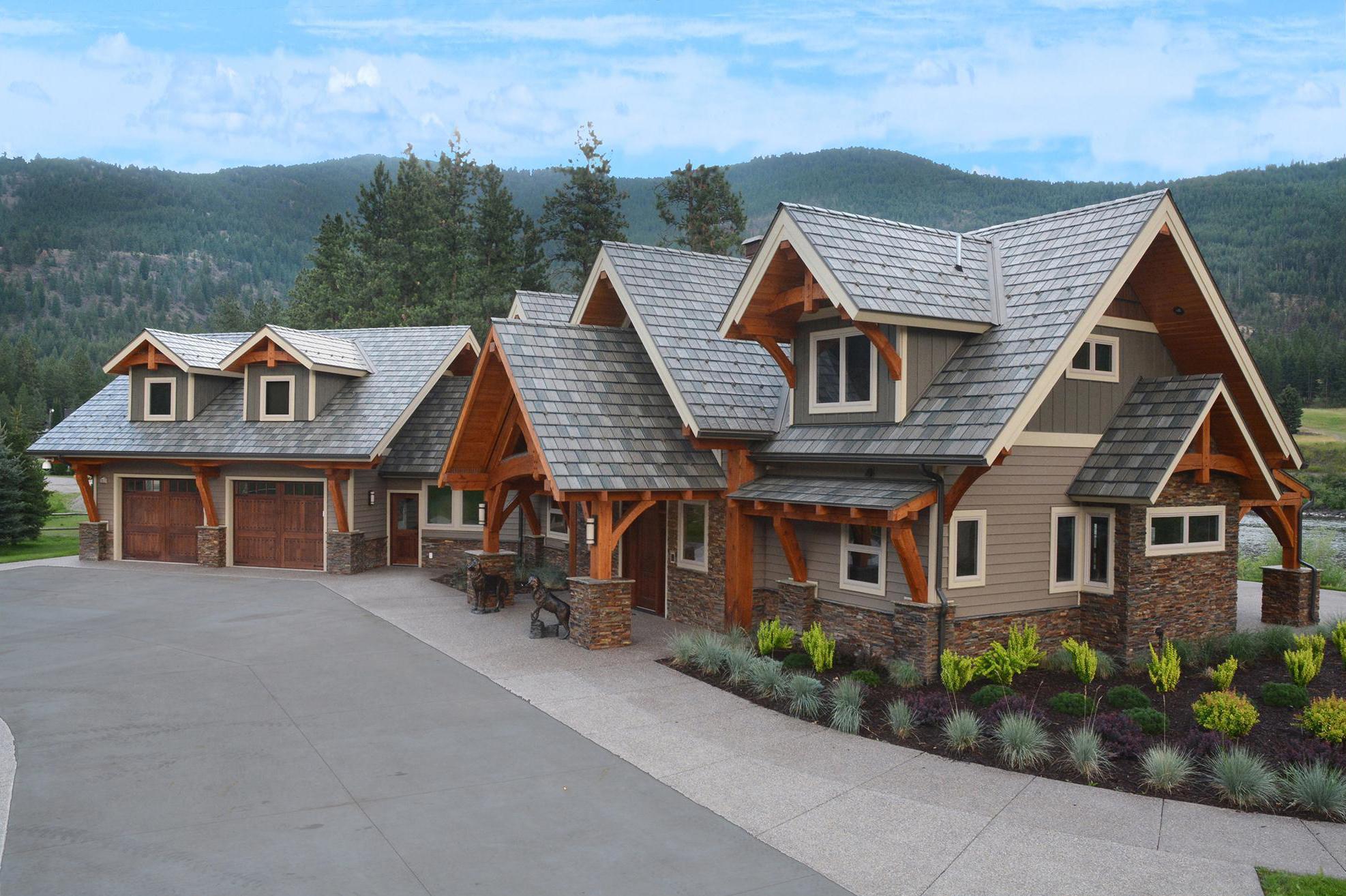
Embracing the Past, Innovating for the Future: The Story of Steel Siding
Steel siding has traversed a remarkable path, evolving from its industrial beginnings to a cornerstone of modern residential architecture. Its journey is a testament to the adaptability and enduring appeal of this versatile material, which today enhances the exteriors of homes across the globe.
Industrial Beginnings
The story of steel siding began in the early 20th century, predominantly in industrial settings. Its strength and durability made it ideal for factories and warehouses. Its resistance to fire, wind, and water damage quickly made it superior to traditional materials like wood and brick.
Transition to Residential and Agricultural Use
By the 1930s, steel siding began to be appreciated for residential construction after its initial use on barns in the early 1900s. By the mid-20th century, this appreciation grew as architects and builders increasingly recognized steel siding's potential for home building. Concurrently, its application in agricultural buildings, especially barns, surged due to its economical and durable nature, making it a favored choice. These metal buildings, known for their fire resistance and ability to endure severe weather, were ideally suited for the rigorous demands of agricultural operations.
Aesthetic and Technological Advancements
Significant technological advancements powered the aesthetic transformation of steel siding. Innovations in manufacturing techniques allowed for variations in color, printed patterns, and physical texture, making steel siding appealing to the residential sector. Manufacturers like EDCO pioneered the introduction of coated steel siding, enhancing the material's resistance to rust and degradation and expanding its aesthetic possibilities.
Emergence of Barndominiums
In recent years, steel siding has become a popular choice in the construction of barndominiums—residential homes that combine the rustic charm of barns with modern living spaces. These structures leverage the durability and ease of maintenance of steel siding while providing a unique aesthetic that blends traditional and contemporary elements. Barndominiums often feature metal panels that mimic a barn's appearance, providing a rustic look without the maintenance challenges associated with natural materials and benefiting from insulation and other benefits of modern steel siding.
Environmental Considerations
Today, steel siding's appeal is also bolstered by its environmental benefits. Steel is highly recyclable, and many steel siding products contain a significant percentage of recycled content. This aspect, along with the material's longevity and minimal maintenance requirements, makes steel siding a sustainable choice in green building practices.
Enduring Popularity
Through decades of innovation and adaptation, steel siding has proven its worth as a durable, low-maintenance, and environmentally friendly option for homeowners and barndominium builders. Its ability to withstand the tests of time and nature and its modern appeal ensure that steel siding remains a favored choice in anybody's forever home.
As we look to the future, steel siding stands out for its ability to merge past strengths with present needs, providing buildings with a blend of tradition, innovation, and style that few other materials can match. Its journey from industrial roots to a staple of stylish, sustainable homes underscores its unique place in the evolution of building materials.